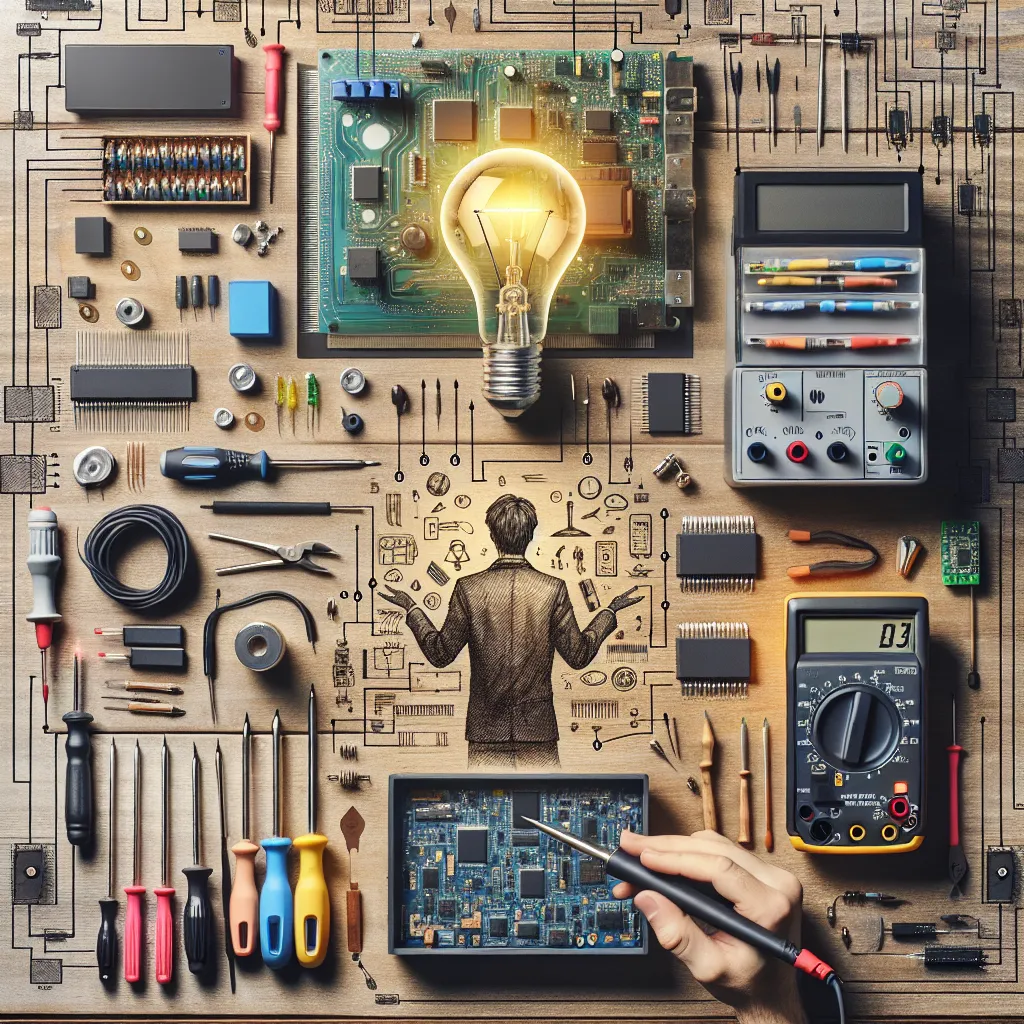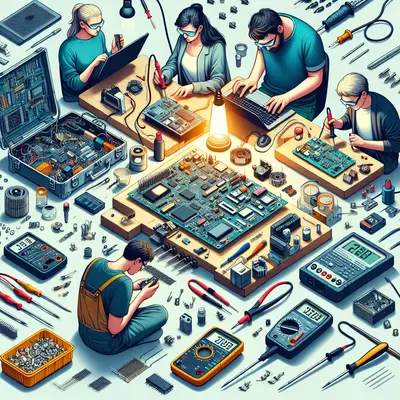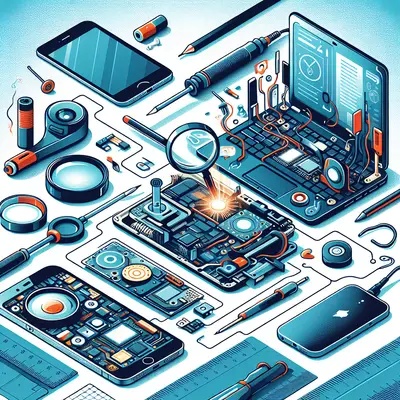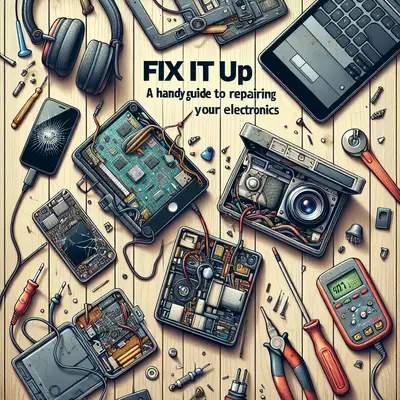Are your beloved electronics acting up? Before you consider tossing them out, why not try a hand at some simple repair tasks that could save you time, money, and a trip to the electronics store? With a bit of know-how and some patience, you might just be able to breathe new life into your gadgets. Here are five ingenious repair tips every DIY enthusiast needs to know.
Tip 1: Practice Safe Disassembly
The first step in any electronics repair is to safely disassemble the device. Always remember to power off the device before starting, and remove any batteries if possible. Use the correct tools for the job, such as screwdrivers of the right size and type, and keep track of all the screws and small parts in a container.
Tip 2: Identify the Problem Source
Understanding what's wrong with your device is half the battle. Use online resources, forums, and tutorials to help you identify the problem. In many cases, obvious signs such as burnt-out components, loose connections, or damaged wires can point to the issue.
Tip 3: Master Soldering
Soldering is an essential skill for electronics repair. Learn to use a soldering iron safely and effectively. Remember, too much heat can damage components, so be careful. Practice makes perfect, so don't be discouraged if you don't get it right the first time.
Tip 4: Learn Basic Circuitry
Even a basic understanding of how electronic circuits work can go a long way in DIY repairs. Learn about common components like resistors, capacitors, and transistors, and how they function within a circuit. This knowledge can help you troubleshoot problems and understand the workings of your devices better.
Tip 5: Test Before Reassembly
Once you've made your repairs, it's important to test your device before reassembling it. This can save you a lot of time and frustration if there's still an issue. Use a multimeter to check for proper voltage, resistance, and continuity.
Conclusion
With these five tips, you're now well-equipped to take on your electronics repair projects with confidence. Remember, patience and practice are key. Happy fixing!



